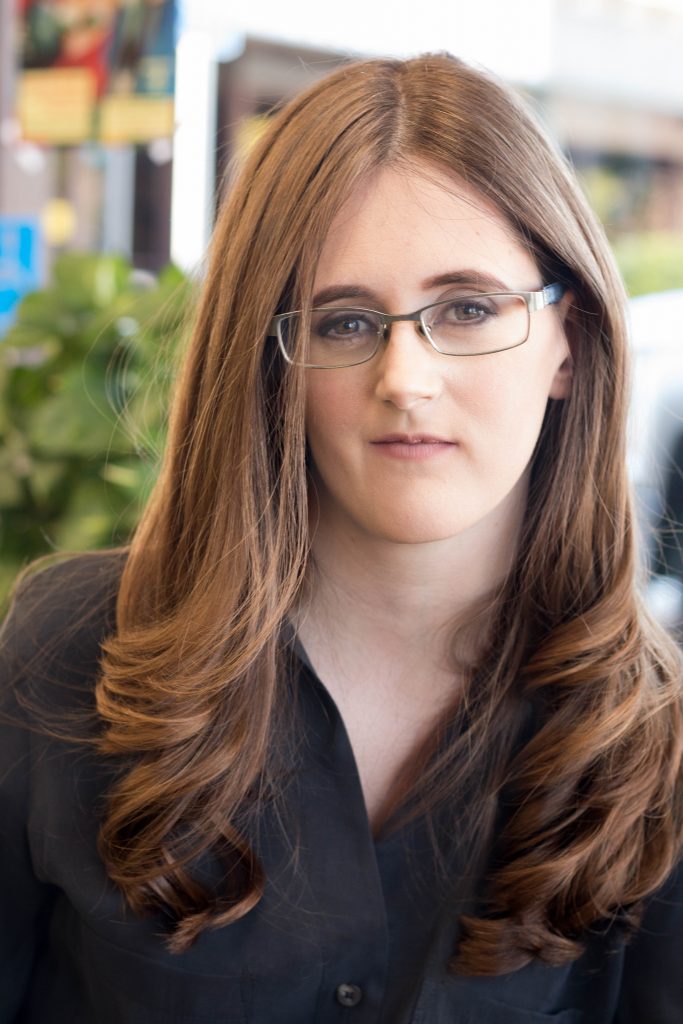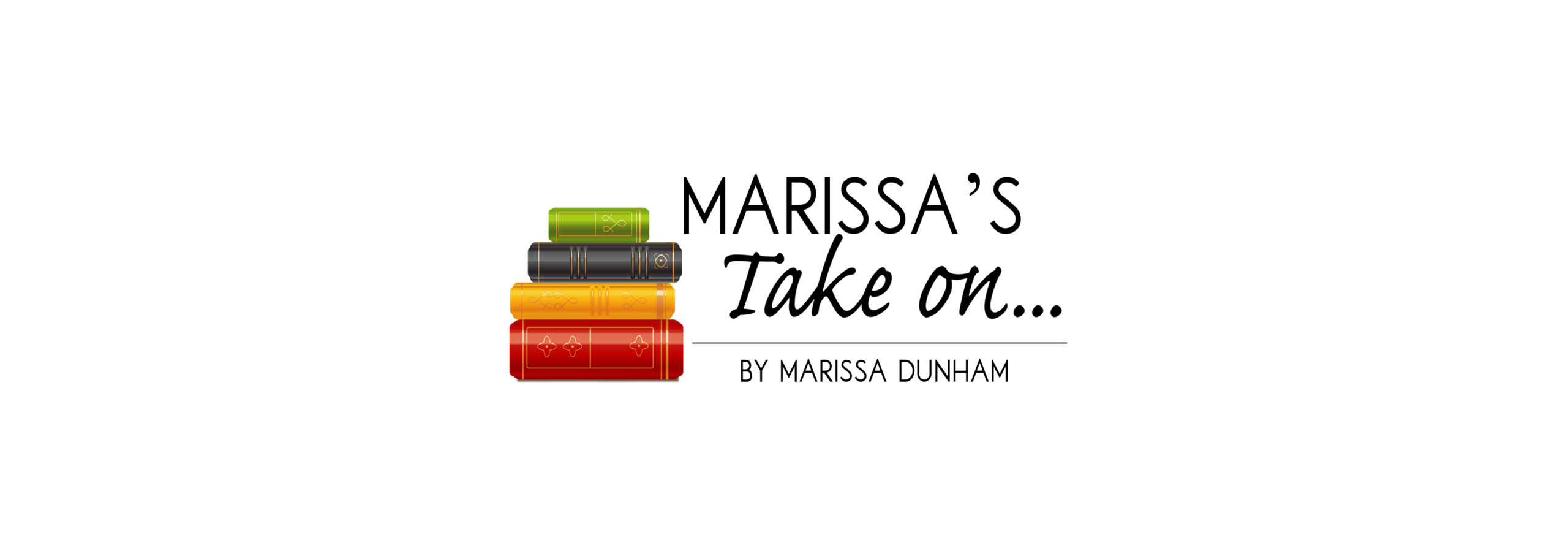By Marissa Dunham //
Books on how to write for young readers are valuable for writers learning their way.
While elements like plot, symbolism, character motivation, and showing and telling are handled similarly whether you’re writing for adults or elementary aged children, there are subtle nuances in the children’s market that should be understood. In a romantic sense, it is almost like having a secret language between colleagues.
Examples of this shared language in the children’s market include special acronyms like Middle Grade (MG), signifying an age group of readers from 8 to 12 years old. There is also Young Adult (YA), which covers the ages 12 to 18. Or, there are common themes like overcoming monsters, grief, new friendships, being the new kid, family relationships, and stories about teamwork and mental health.
The books written for children address complex social dynamics that represent important matters to their readers, and the writers who love to write for these age groups understand the significance of getting it right for them.
Because at the end of the day, writers in the children’s market all have a shared goal of making a difference in the lives of young readers and are generous in sharing their common language with fellow writers.
This series has come a long way in its journey to review craft books specializing on different genres and market expectations. It is my hope that these books to be reviewed today will continue to grow your craft as a writer.
CHILDREN’S BOOKS FACTS
The Newbery Medal is one of the most prestigious awards for children’s books in the United States. The annual award is given to only one book each year. Lois Lowry and Kate DiCamillo are a couple of a handful of authors who have received the award more than once.
If you are looking for additional resources, consider reaching out to the local SoCal Chapter of the Society of Children’s Book Writers and Illustrators, which includes Orange County.
There is so much to learn about this unique market. The books on today’s list will be small steps to help you get there.
Here are the five!
- Writing Picture Books Revised and Expanded Edition: A Hands-On Guide From Story Creation to Publication by Ann Whitford Paul
Few books on the market today for picture books go beyond the basics of dialogue, character development, and world building like this one. With Paul at the helm, you get the good information behind who reads pictures books, how readers interact with the illustrations and text, and why that knowledge matters to your story. It is a good book for those learning the trade. The only caveat before you dive in is that the font on the paperback is noticeably small, and I would recommend the ebook version. - Writing Magic: Creating Stories that Fly by Gail Carson Levine
Ella Enchanted author, Gail Carson Levine, a Newbery Honor winner, writes a wonderful book on the craft of writing for writers of all ages. From her surprisingly many years of volunteering to teach writing, she offers oaths, writing practices, and easy-to-follow explanations that draw in the aspiring writer. Her roughly 176-page book covers a lot of the basics of fiction writing, but is taken from the fresh, light-hearted perspective of a writer who has a great sense of fun and understanding of the writing process. - Unleash Your Creative Monster: A Children’s Guide to Writing by Andy Jones and illustrated by Olaf Falafel
Do you have a child who wants to write a book? Then, this book on writing might be for you. Every page is packed full of useful, real-world information on what it takes to write a book – no matter the author’s age – and the book is accompanied with clever illustrations. - From Inspiration to Publication: How to Succeed as a Children’s Writer, Advice from 15 Award-Winning Writers edited by Pamela Glass Kelly and Mary Spelman
Available through The Institute of Writers website and Amazon, this book lives in my personal library. While the parts on how to publish need updating at this point, I have often recalled reading the sections on how to come up with ideas for a new story and the sections on drafting stories with fondness. It is a foundational book that will sneak up on you with its inciteful knowledge of the industry, clever anecdotes and tips, and commitment to teaching quality storytelling in the children’s market. The book of essays is 243 pages, including the index. - Writing Irresistible Kidlit: The Ultimate Guide to Crafting Fiction for Young Adult and Middle Grade Readers by Mary Kole
This comprehensive, smart book gives a lot to writers new to writing YA and MG. Kole breaks down age groups, market criteria for what makes a book for a young reader, story element basics, examples from popular children’s literature, and advice on publishing. What you will appreciate about this roughly 304-page book is that Kole gets right down to answering your questions without much fluff. Good for beginners and for those who have wondered if they could write for a younger audience.
Marissa’s Take Practice Exercise: Talking Talking Talking
Write dialogue with a little bit of description of a conversation between someone 18 or under and an animal.
Note: The conversation can be one-sided, with the animal not having the ability to speak, or fantastic, with an animal that can speak.

MARISSA DUNHAM is a writer and freelance editor. She spent the early part of her career in educational publishing, but now spends most of her time editing literary fiction, magical realism, and middle grade fiction. She lives in Southern California, where she enjoys bringing new life into the world by planting tomatoes and flowers in the garden. You can find updates at marissadunham.com.

